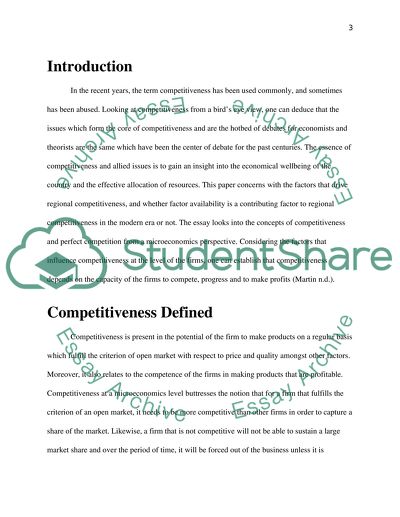Cite this document
(“Discuss the extent to which factor availability is no longer an Essay”, n.d.)
Retrieved from https://studentshare.org/environmental-studies/1404802-discuss-the-extent-to-which-factor-availability-is
Retrieved from https://studentshare.org/environmental-studies/1404802-discuss-the-extent-to-which-factor-availability-is
(Discuss the Extent to Which Factor Availability Is No Longer an Essay)
https://studentshare.org/environmental-studies/1404802-discuss-the-extent-to-which-factor-availability-is.
https://studentshare.org/environmental-studies/1404802-discuss-the-extent-to-which-factor-availability-is.
“Discuss the Extent to Which Factor Availability Is No Longer an Essay”, n.d. https://studentshare.org/environmental-studies/1404802-discuss-the-extent-to-which-factor-availability-is.


